11 Simple Homemade Moisturizers For Dry Skin
Natural and hydrating ingredients that keep your skin soft, nourished, and glowing.
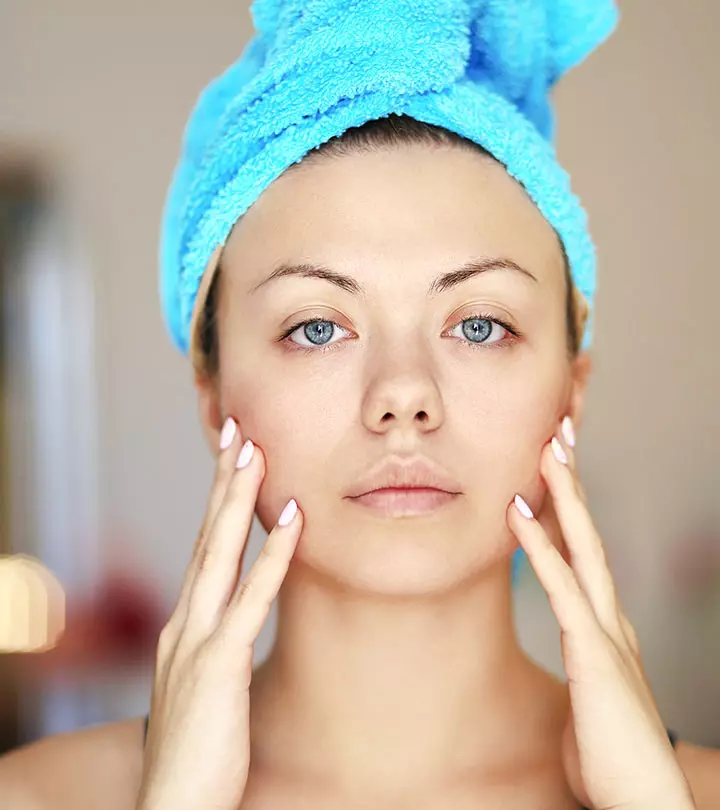
Image: Shutterstock
Sometimes, it is difficult for dry skin to retain its hydration levels even after dabbing layers of moisturizing products. And that is when customizing your product and preparing homemade moisturizer for dry skin helps. The best part about DIY recipes is that they are easy to prepare, cost-effective, and you can experiment with a variety of hydrating natural ingredients to see what works for you. If you want to give it a try, check out our 11 easy moisturizer recipes for dry skin. Scroll down.
In This Article
11 Best Natural Moisturizers For Dry Skin
- DIY Shea Butter Homemade Face Moisturizer For Dry Skin
- Natural Face Moisturizer For Dry Skin
- Beeswax Moisturizer For Dry Skin
- Gentle Aloe Vera Moisturizer For Dry Skin
- DIY Nourishing Face And Body Cream For Dry Skin
- DIY Honey And Glycerin Moisturizer For Dry Skin
- Natural Face Moisturizer For Dry Skin
- Nourishing Day Cream For Dry Skin
- DIY Gentle And Hydrating Moisturizer For Dry Skin
- Revitalizing Hibiscus Moisturizer For Dry Skin
- Liquorice And Aloe Vera Moisturizer For Dry Skin
Note:
The ingredients mentioned in the recipes are easily available on the market or you can buy them online. One thing you should keep in mind is that since these are all natural products, their shelf life is very limited. So, avoid making them in big batches. Instead, prepare them in small batches and use them within a month before they go rancid. Also, while some of these formulations may be non-greasy, keep in mind that these skin care products may not be fragrance-free and hypoallergenic.
1. DIY Shea Butter Homemade Face Moisturizer For Dry Skin

You Will Need
- ½ cup shea butter
- 6-7 drops sea buckthorn oil
- 6-7 drops rosehip seed oil
- 6-7 drops geranium oil
- 1 teaspoon avocado oil
Method
- Melt the shea butter in a double boiler**.
- Once it has softened, remove it from the heat.
- Add avocado oil and mix.
- Add the essential oils and whip the mixture well until it develops a creamy texture.
- Store it in a glass jar and use it as your daily face cream.
Why This Works
Sea buckthorn oil is extremely effective in treating eczema and soothes dry and itchy skin (1). Rosehip seed, geranium, and avocado oils have an equally soothing effect on your dry skin while shea butter keeps it moisturized and nourished. Dr. Steven Line, MD, says, “Shea butter is a natural emollient that is rich in fatty acids and helps to moisturize and protect the skin.”
To make a double boiler, pour some water in a saucepan and place it on the stove. Place a heat-proof glass container that fits snugly over the saucepan. Once the water starts simmering, keep the butter on the glass container and let it melt. Keep stirring until it melts.
2. Natural Face Moisturizer For Dry Skin
You Will Need
- ½ cup argan oil (you can also take jojoba oil or hempseed oil)
- ½ teaspoon emu oil
- 4-6 drops essential oil (lemongrass, rose geranium, rose, chamomile, palmarosa, rosemary, lavender, or peppermint)
Method
- Take a glass bottle and pour argan oil into it.
- Add the other oils to the argan oil and mix well.
- Use the blend to massage your skin.
Why This Works
Argan oil is light and suitable for soothing dry skin.
Emu oil is a natural emollient that helps in locking moisture in your skin and heals it from within. Essential oils (the listed ones) have an overall healing effect, especially for dry and sensitive skin, making them one of the effective ways to moisturize your skin.
3. Beeswax Moisturizer For Dry Skin
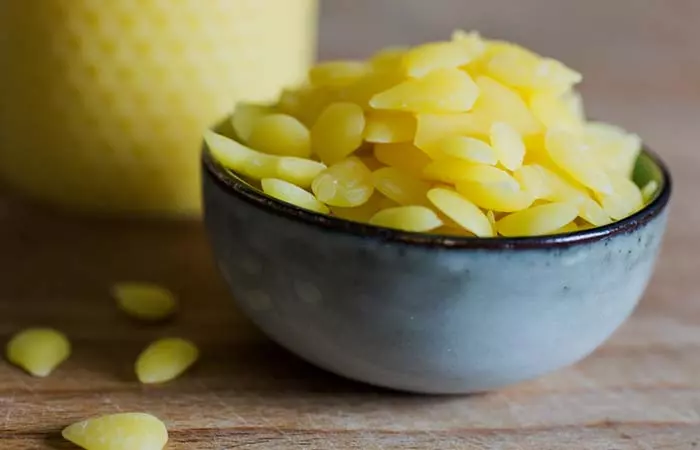
You Will Need
- ¼ cup beeswax pellets
- ½ cup coconut oil
- ½ cup olive oil
- 10 drops essential oil (patchouli, Roman chamomile, vanilla, sandalwood, frankincense, clary sage, lavender, or geranium oil)
Method
- Use a double boiler to melt the beeswax.
- Once it melts, remove it from the boiler and let it cool.
- Add the coconut and olive oils and whip well.
- Add the essential oil(s).
- Whip the mixture well until you get a creamy texture.
- Transfer the mixture to a glass jar and store it in a cool and dry place (do not refrigerate).
Why This Works
Both beeswax and olive oil heal skin conditions such as atopic dermatitis (eczema) (2). Coconut oil provides added moisturization to your skin, and essential oils promote further healing.
 Fun Fact
Fun Fact4. Gentle Aloe Vera Moisturizer For Dry Skin
You Will Need
- 1 cup aloe vera gel (use store-bought gel or scoop out the gel from an aloe leaf)
- 12 tablespoons beeswax
- ¼ cup coconut oil
- ¼ cup almond oil
- 10 drops essential oil(s) (pick any from the oils mentioned in the above recipes)
Method
- Melt the beeswax, coconut, and almond oils in a double boiler.
- Pour the oils into a blender and let the mixture cool down.
- Add the essential oils and the aloe vera gel. Blend until you get a creamy texture.
- Store the mixture in a glass jar. You can even store it in the refrigerator.
Why This Works
Aloe vera soothes your skin and reduces inflammation (itches and dry patches).
Beeswax heals your skin and keeps it moisturized, and essential oils prevent infection and help in healing your skin.
Iqra Iftikhar, a blogger, shares some of her favorite homemade moisturizers with her readers. She writes in one of her blog posts: “Now, I’m going to share some of my favorite tried-and-true home remedies that have worked wonders for moisturizing my dry face….For a cooling and soothing remedy, I turn to cucumber and aloe vera (i).”
5. DIY Nourishing Face And Body Cream For Dry Skin
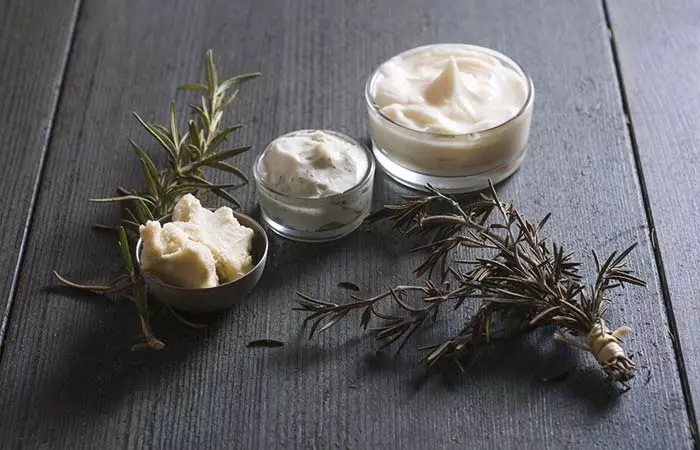
You Will Need
- ½ cup shea butter
- 2 tablespoons almond oil
- 5 drops rosemary essential oil
- 10 drops lavender essential oil
- 3 drops tea tree essential oil
- 3 drops carrot seed essential oil
Method
- Melt the shea butter in a double boiler. Add almond oil after it melts and turn the burner off.
- Let the mixture cool (but do not let it solidify) and then add the essential oils.
- Whip the mixture well. You can use a whisk or blend it in a mixer (for a few seconds).
- Scoop out the creamy mixture into a glass jar. Store it at room temperature.
- Massage the cream on your body and face.
Why This Works
The essential oils protect your skin cells. All these oils have antiseptic properties that heal infections and prevent skin damage and rashes caused by excessive dryness. Shea butter and almond oil keep your skin moisturized and nourished.
6. DIY Honey And Glycerin Moisturizer For Dry Skin
You Will Need
- 1 teaspoon honey
- 2 teaspoons glycerin
- 1 teaspoon lemon juice (diluted)
- 2 teaspoons green tea
Method
- Mix all the ingredients well.
- Massage the mixture gently on your skin for a few minutes.
- Leave it on overnight.
- Wash it off the next day.
Why This Works
Glycerin and honey are humectants that keep your skin moisturized and hydrated. Honey for dry skin is known for its deep moisturizing properties, which help maintain skin hydration. Lemon brightens up your skin while the green tea calms your skin and keeps infection at bay. Dr. Line adds, “Glycerin is a natural humectant that attracts water to the skin and helps to keep it hydrated.”
Note: Lemon juice may not suit everyone, so do a patch test first. You can skip adding lemon juice altogether if you want to.
7. Natural Face Moisturizer For Dry Skin

You Will Need
- 1 teaspoon chamomile tea (or dried chamomile flowers)
- ½ cup water
- 1 tablespoon lanolin
- 1 tablespoon beeswax
- ½ cup sweet almond oil
- 1 vitamin A capsule
- 1 vitamin E capsule
- 3 drops geranium essential oil
Method
- Put the chamomile tea (or flowers) in the water, simmer for 10 minutes and strain the liquid.
- Melt the lanolin (if you are not using liquid lanolin) and beeswax in a double boiler.
- Let the mixture cool down. Add the chamomile brew.
- Pierce the vitamin capsules and squeeze the liquid into the mixture. Keep stirring and then add the essential oil.
- Whip it well until you get a creamy texture.
- Transfer the mixture to a glass jar and store it in a cool and dark place.
- Massage on your body and face as and when required.
Why This Works
This homemade cream provides intense hydration to your skin. Chamomile has anti-inflammatory properties that have a softening and soothing effect on irritated skin (3). Almond oil and beeswax provide nourishment to your skin and prevent drying.
8. Nourishing Day Cream For Dry Skin
You Will Need
- 3 tablespoons sweet almond oil
- 1 tablespoon avocado oil
- 3 teaspoon beeswax
- 2 drops lavender essential oil
- 2 tablespoons mineral water
- 1 drop peppermint essential oil
Method
- Melt the beeswax and the oils in a double boiler.
- Warm the mineral water (don’t boil) and slowly add it to the molten beeswax and oil mix. Keep stirring.
- Remove the beeswax from the heat once it melts and let it cool down.
- Add the essential oils and whip vigorously.
- Scoop out the cream into a glass jar and store it in a cool, dry place.
- Use it as a day cream.
Why This Works
Avocado and almond oils contain UV filters that protect your skin from the harmful UV rays while keeping it moisturized (4). The essential oils (lavender and peppermint) also have a sun protection factor. These oils protect your skin from UV rays and keep your skin healthy.
 Did You Know?
Did You Know?9. DIY Gentle And Hydrating Moisturizer For Dry Skin
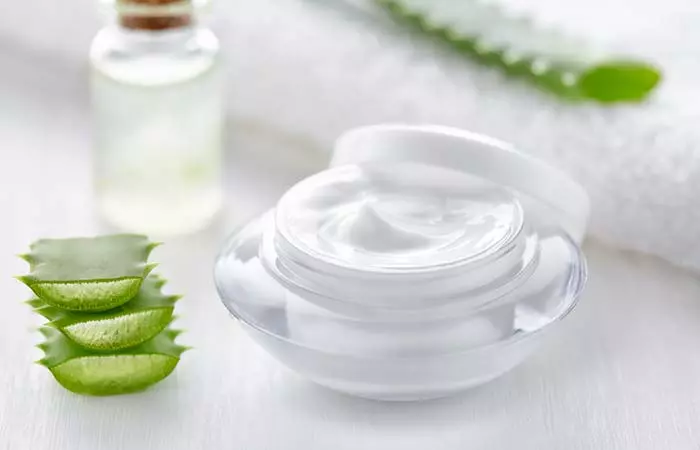
You Will Need
- 3 tablespoons shea butter
- 1 teaspoon vitamin E oil
- 1 teaspoon aloe vera gel
- 3 tablespoons apricot seed oil
- 5 drops helichrysum essential oil
- 5 drops of myrrh essential oil
- 3 drops clary sage essential oil
Method
- Melt the shea butter in a double boiler and allow it to cool down a bit.
- Whisk the butter once it cools down and add the oils and aloe vera gel. Keep mixing.
- Once it reaches a creamy consistency, transfer the cream to a glass container.
- Apply it to your face and body as and when required.
Why This Works
Shea butter has amazing healing and moisturizing properties. It contains vitamins A, D, and E that keep your skin nourished and help in healing eczema and other dry skin issues. Apricot seed oil goes along well with shea butter as it is non-irritant, and just like shea butter, it keeps your skin moisturized.
10. Revitalizing Hibiscus Moisturizer For Dry Skin
You Will Need
- 2 tablespoons hibiscus tea
- 1 cup extra virgin coconut oil
Method
- Grind the hibiscus tea into powder.
- Melt the coconut oil in a double boiler.
- Add the hibiscus tea powder to the oil and cover it for a while.
- Use a cheesecloth to strain the oil and separate the tea from the oil.
- Let the oil cool down until it solidifies.
- Whip it well in a mixer for about a minute or two.
- Transfer the pinkish cream to a glass jar and apply to your skin.
Why This Works
In Africa, hibiscus pulp is often used for wound healing and soothing the skin. It contains anthocyanins and antioxidants that enhance skin health (5). Coconut oil has a calming and soothing impact on your skin and also keeps it moisturized. Dr. Line adds, “Jojoba oil can help improve the skin’s hydration levels and soothe dry skin.”
11. Liquorice And Aloe Vera Moisturizer For Dry Skin
You Will Need
- 2 tablespoons aloe vera gel
- 3-4 drops of liquorice essential oil
- 1 teaspoon of almond oil
Method
- Mix the liquorice essential oil, aloe vera gel, and almond oil to get a smooth texture.
- Transfer the mixture into a glass jar.
- Keep the mixture in a cool,dry place or the refrigerator.
- Apply it to your face and body when needed.
Why This Works
The glycyrrhizinic acid present in liquorice may help soothe inflamed skin and redness and combat skin conditions like atopic dermatitis (6). Aloe vera is a known natural humectant that helps retain moisture and keeps the skin hydrated (7). However, it is recommended that you do a patch test with liquorice oil before using this mixture as a moisturizer.
Key Takeaways
- Emu and argan oils are natural emollients that help retain moisture in the skin and promote softness.
- Beeswax along with olive oil are suitable for sensitive skin types and can result in supple, soft skin.
- Aloe vera gel is known for its anti-inflammatory properties and can nourish dry skin.
- A DIY hibiscus moisturizer can easily tackle dryness and soothe inflamed skin.
Infographic: 5 Easy DIY Moisturizers For Dry Skin
DIY organic moisturizers are skin-friendly, low-cost, and completely customizable treatments for dry skin. They are simple to make and can hydrate and soothe your itchy skin. While you can try any recipes discussed in the article, we have curated a list of the top 5 recipes that may provide instant relief to dry and dehydrated skin. Check out the infographic below to learn more.

Illustration: StyleCraze Design Team
For anyone dealing with dry skin and looking for natural and affordable solutions, homemade moisturizers are the best and most skin-friendly option. These natural body moisturizers are also fantastic for soothing itchy skin. Get these ingredients as soon as possible and start making your DIY moisturizer at home. Pamper your skin with some excellent, easy-to-make DIY moisturizers that offer amazing skin benefits. However, keep in mind that some of the ingredients can cause an adverse reaction in certain people. As a result, conducting a patch test before using any ingredient is recommended.
Frequently Asked Questions
Which is the best homemade moisturizer?
All the DIY moisturizers mentioned in this article give the best results and are safe to use on your skin. They soothe your skin and minimize dryness and flakiness to keep it soft and hydrated.
Which moisturizer is best without chemicals?
If you are looking for chemical-free moisturizers, it is best to prepare homemade moisturizers with ingredients like aloe vera, beeswax, shea butter, or honey. You may also buy herbal and chemical-free products available on the market.
What is the safest moisturizer to use?
Organic and chemical-free moisturizers are generally the safest options. Look for products with natural ingredients and avoid those with harsh chemicals or fragrances. It’s a good idea to check for any ingredients that may trigger allergies, especially if you have sensitive skin. You should pick a moisturizer based on your skin type and issues. For more personalized advice, consider seeing a dermatologist to find a moisturizer that fits your specific skin type and needs.
Does drinking water fix dry skin?
The intake of water can reduce signs of skin dryness and roughness (8). However, more research is needed to prove this claim.
What vitamin deficiency can cause dry skin?
Low levels of vitamin D are associated with skin conditions like atopic dermatitis, which can cause dry skin (9).
Which foods are good for dry skin?
Spinach, tomatoes, egg yolk, walnuts, salmon, and oat flakes are considered good foods for dry skin due to the presence of healthy fats, bioactive compounds, and a wide variety of vitamins and minerals (10), (11).
What comes first, moisturizer or serum?
Apply serum before moisturizer because serum is more lightweight and allows your skin to absorb more ingredients.
Should I apply oil or moisturizer first?
Apply oil after applying moisturizer because moisturizers are part water and part oil. They help the skin retain moisture, whereas oils help lock moisture in.
What happens when you stop using moisturizer?
If you stop applying moisturizer, your skin may start looking flaky and developing red spots.
Is it good to moisturize your face before bed?
Yes. Applying moisturizer to your face before bed helps replenish the water your skin has lost throughout the day.
Illustration: Simple Homemade Moisturizers For Dry Skin
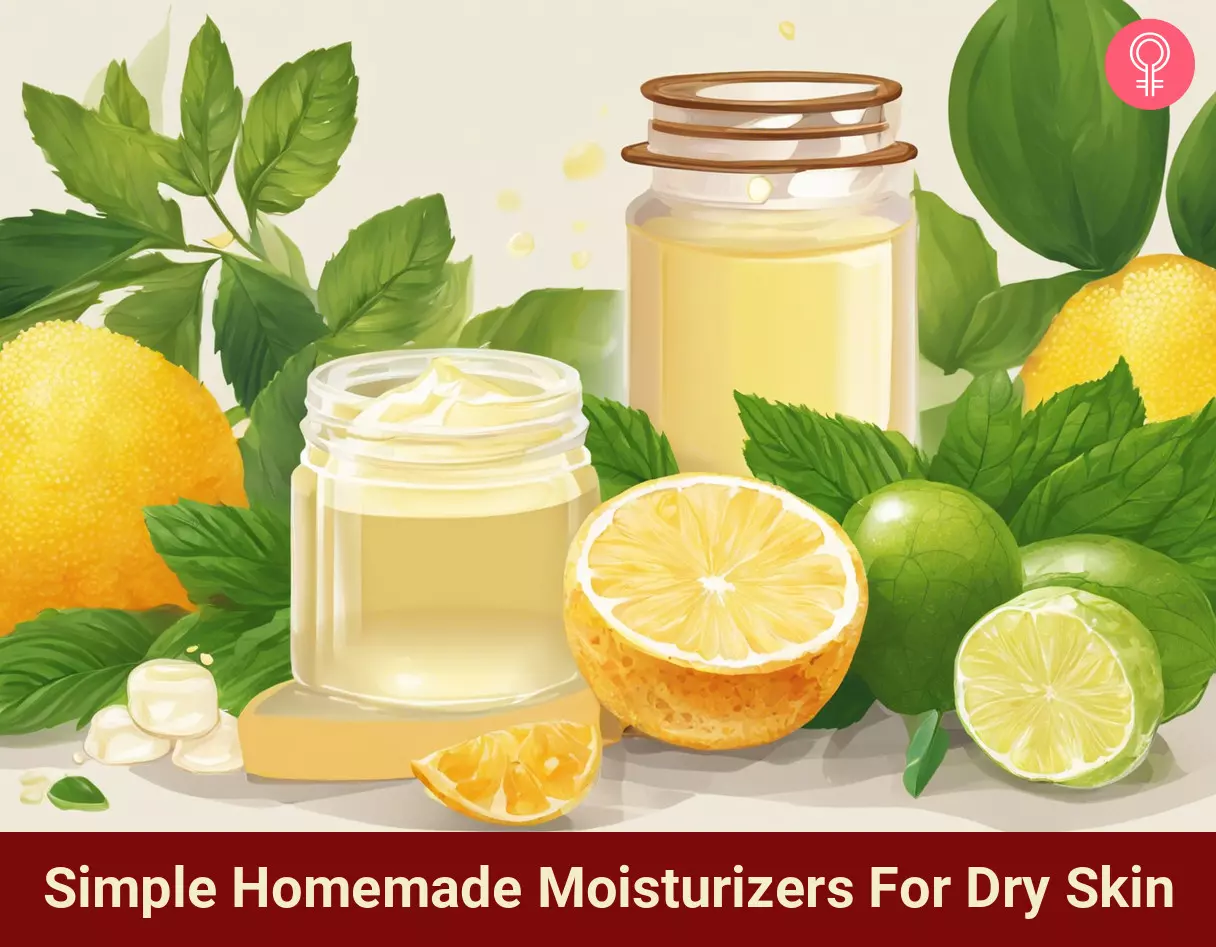
Image: Stable Diffusion/StyleCraze Design Team
Learn how to make the best homemade moisturizer for dry skin! Get glowing, hydrated skin with this easy and natural recipe shown in this video. Check it out!
Personal Experience: Source
StyleCraze's articles are interwoven with authentic personal narratives that provide depth and resonance to our content. Below are the sources of the personal accounts referenced in this article.
i. 5 Home Remedies: Moisturize Your Dry Face Fast!https://iqraiftikharofficial.medium.com/5-home-remedies-moisturize-your-dry-face-fast-9355e330f306
References
Articles on StyleCraze are backed by verified information from peer-reviewed and academic research papers, reputed organizations, research institutions, and medical associations to ensure accuracy and relevance. Read our editorial policy to learn more.
- Abundance of active ingredients in sea-buckthorn oil
https://www.ncbi.nlm.nih.gov/pmc/articles/PMC5438513/ - Beeswax: A minireview of its antimicrobial activity and its application in medicine
https://www.sciencedirect.com/science/article/pii/S1995764516301407 - Chamomile: A herbal medicine of the past with bright future
https://www.ncbi.nlm.nih.gov/pmc/articles/PMC2995283/ - In vitro sun protection factor determination of herbal oils used in cosmetics
https://www.ncbi.nlm.nih.gov/pmc/articles/PMC3140123/ - Phenolic Compounds from Leaves and Flowers of Hibiscus roseus: Potential Skin Cosmetic Applications of an Under-Investigated Species
https://www.ncbi.nlm.nih.gov/pmc/articles/PMC8000889/ - The treatment of atopic dermatitis with licorice gel
https://pubmed.ncbi.nlm.nih.gov/14522625/ - Moisturizing effect of cosmetic formulations containing Aloe vera extract in different concentrations assessed by skin bioengineering techniques
https://pubmed.ncbi.nlm.nih.gov/17026654/ - Does dietary fluid intake affect skin hydration in healthy humans? A systematic literature review
https://pubmed.ncbi.nlm.nih.gov/29392767/ - Vitamin D and the Pathophysiology of Inflammatory Skin Diseases
https://karger.com/spp/article/31/2/74/305031/Vitamin-D-and-the-Pathophysiology-of-Inflammatory - Bioactive Compounds for Skin Health: A Review
https://www.ncbi.nlm.nih.gov/pmc/articles/PMC7827176/ - Colloidal Oatmeal (Avena Sativa) Improves Skin Barrier Through Multi-Therapy Activity
https://pubmed.ncbi.nlm.nih.gov/27272074/
Read full bio of Dr. Vindhya L Veerula
Read full bio of Ramona Sinha
Read full bio of Anjali Sayee
Read full bio of Krati Darak







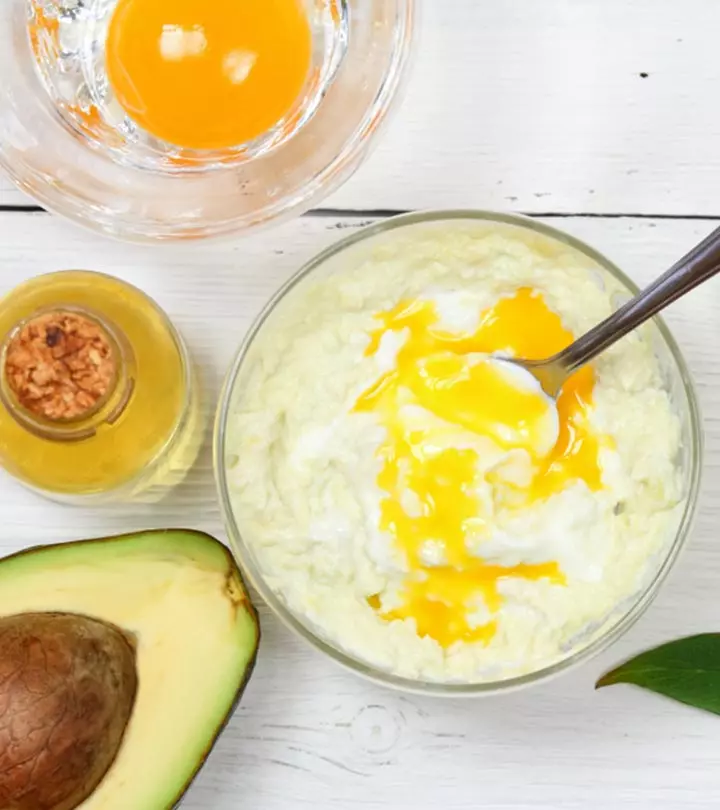
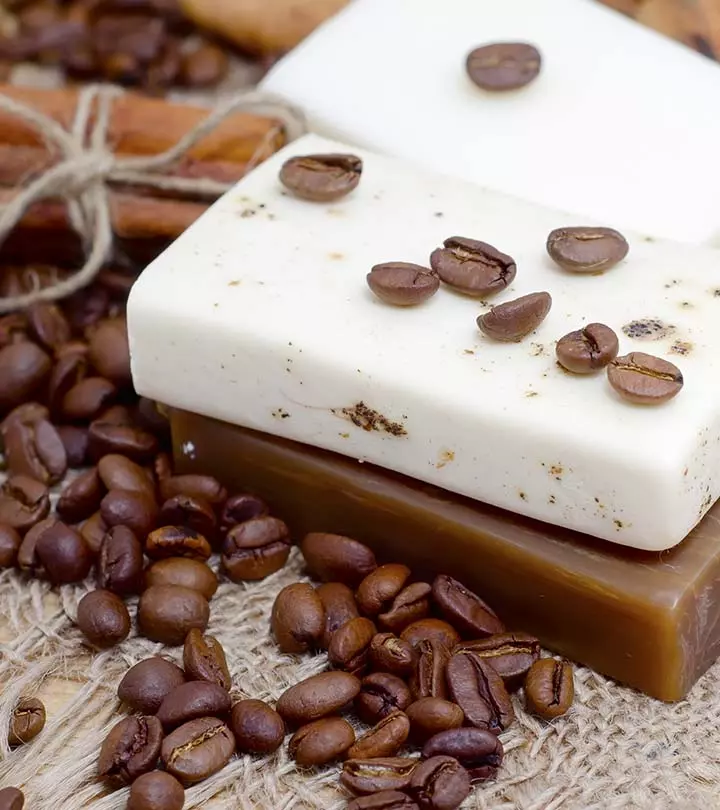
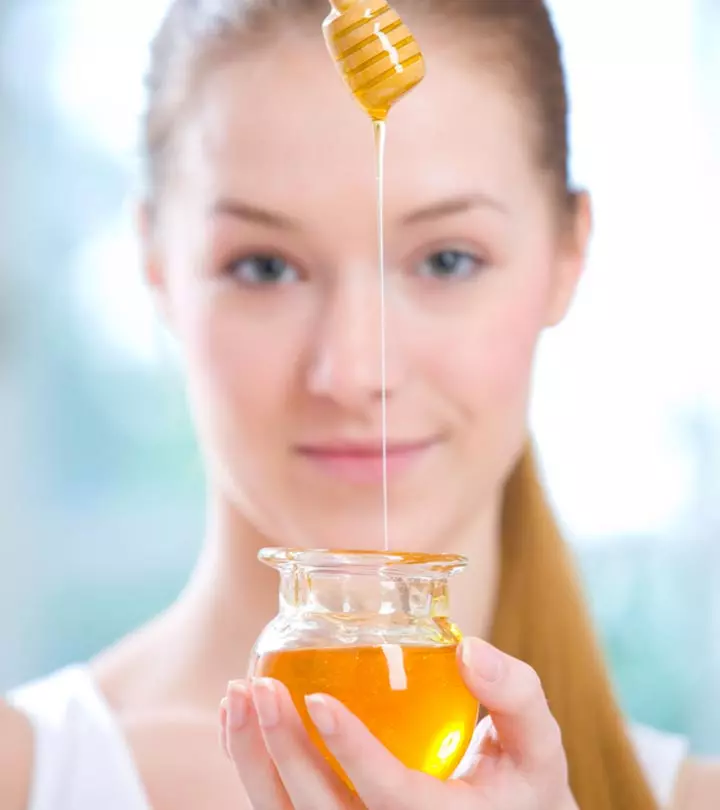



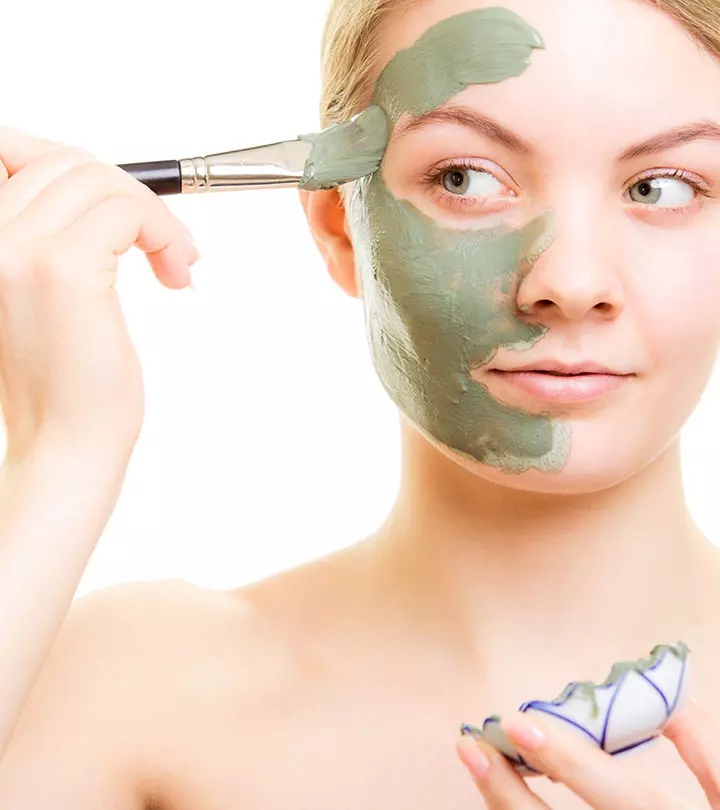
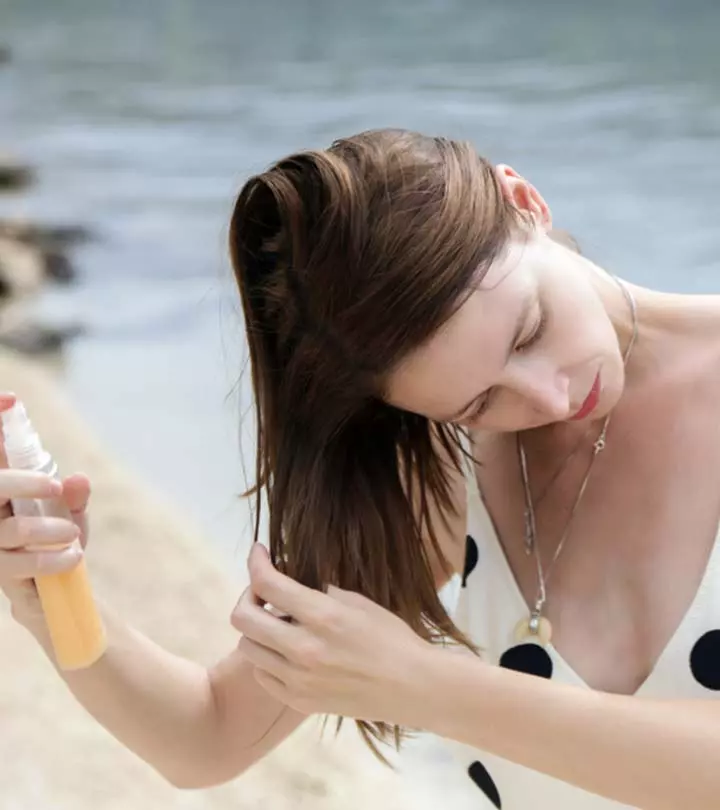
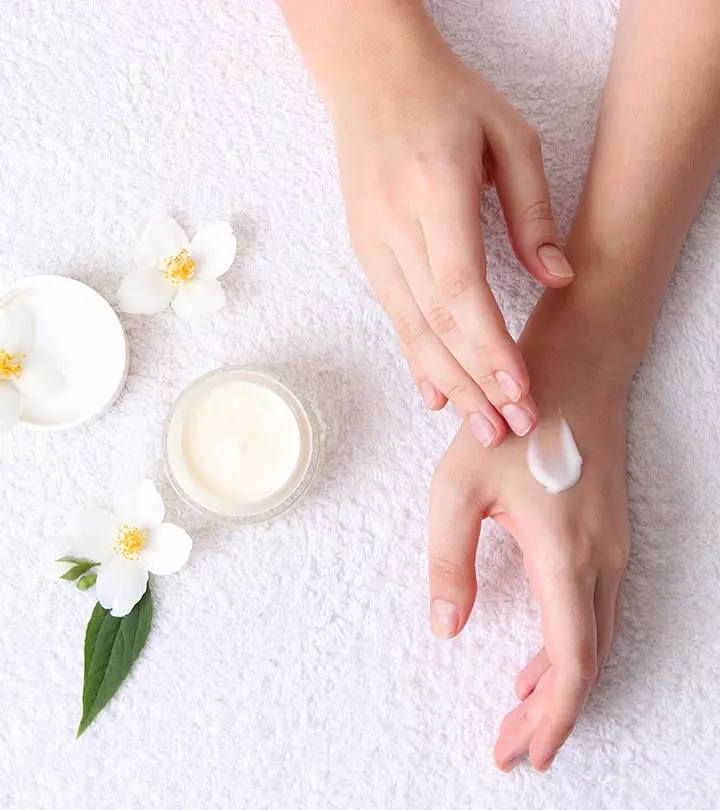
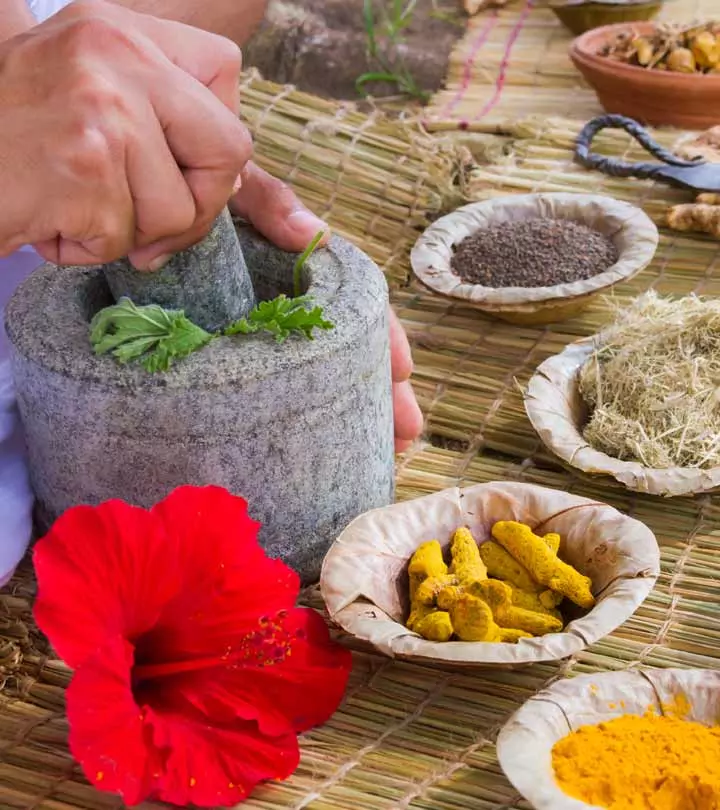
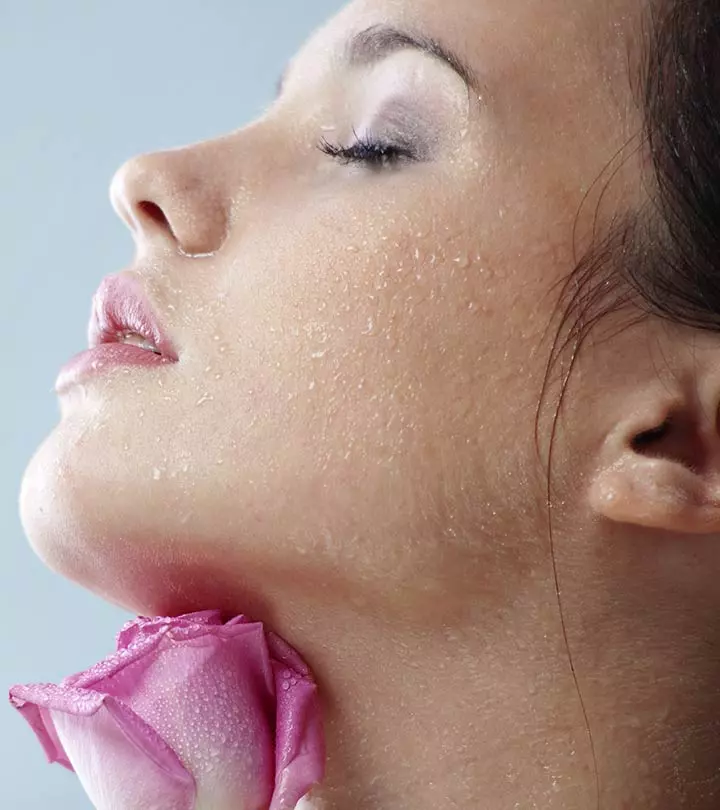
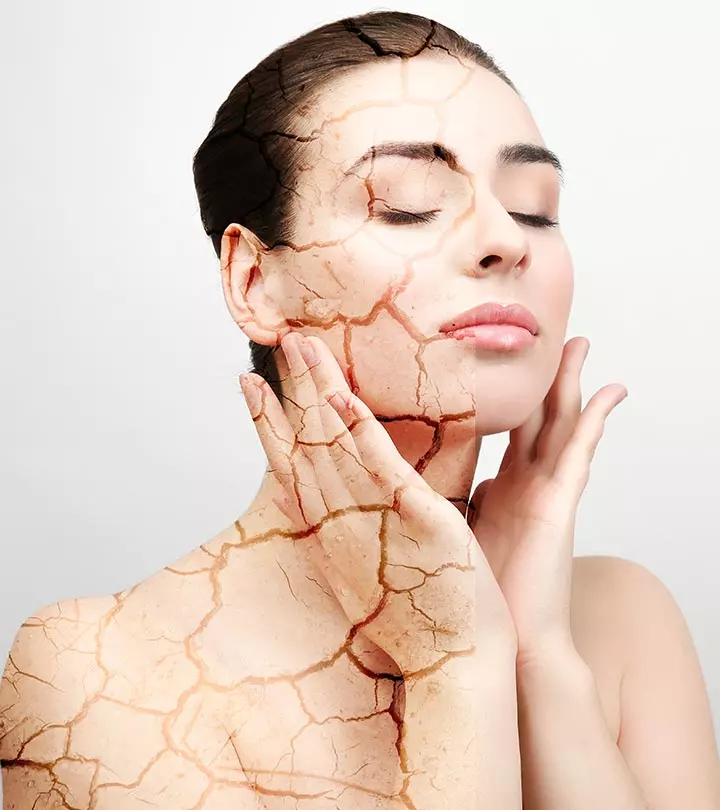
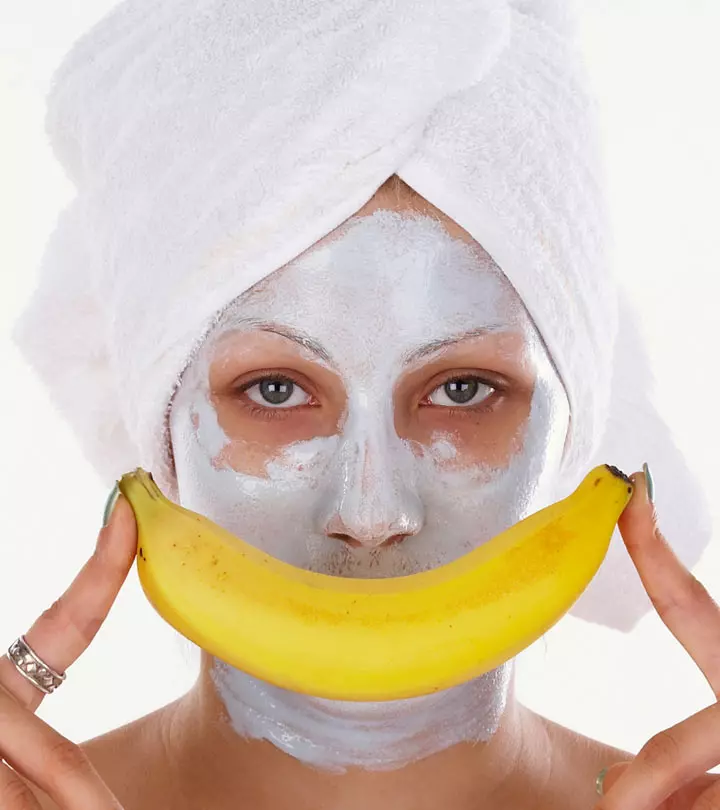
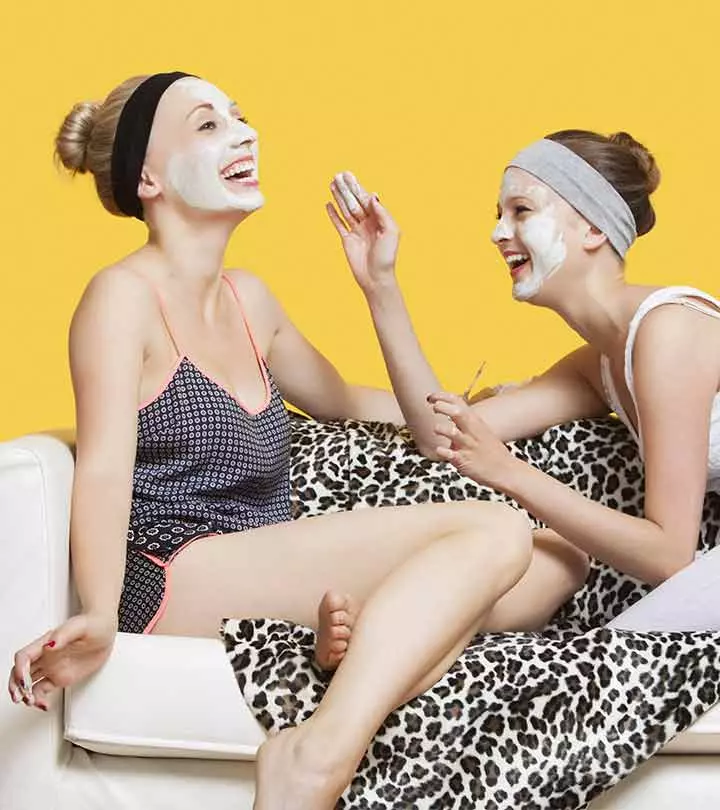
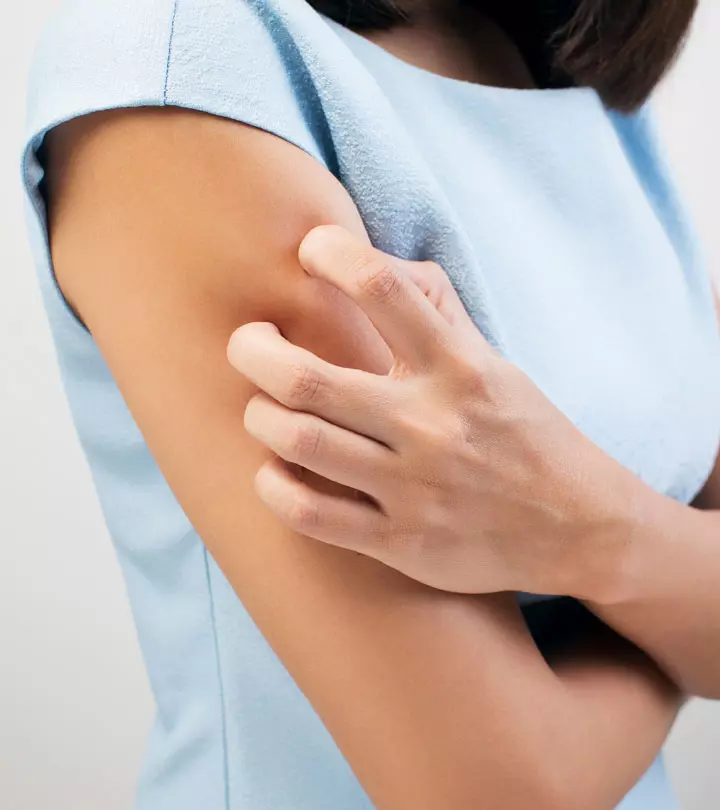
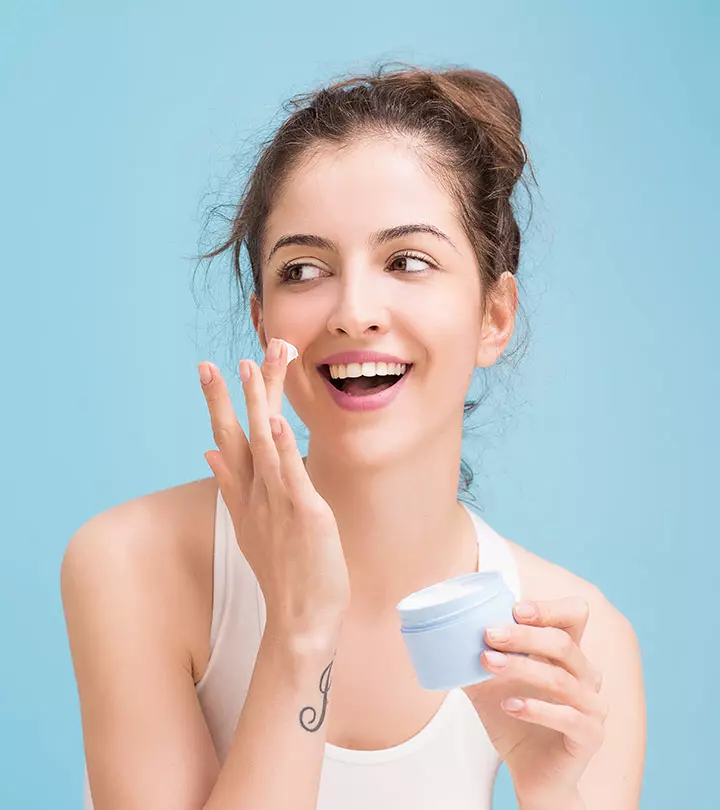

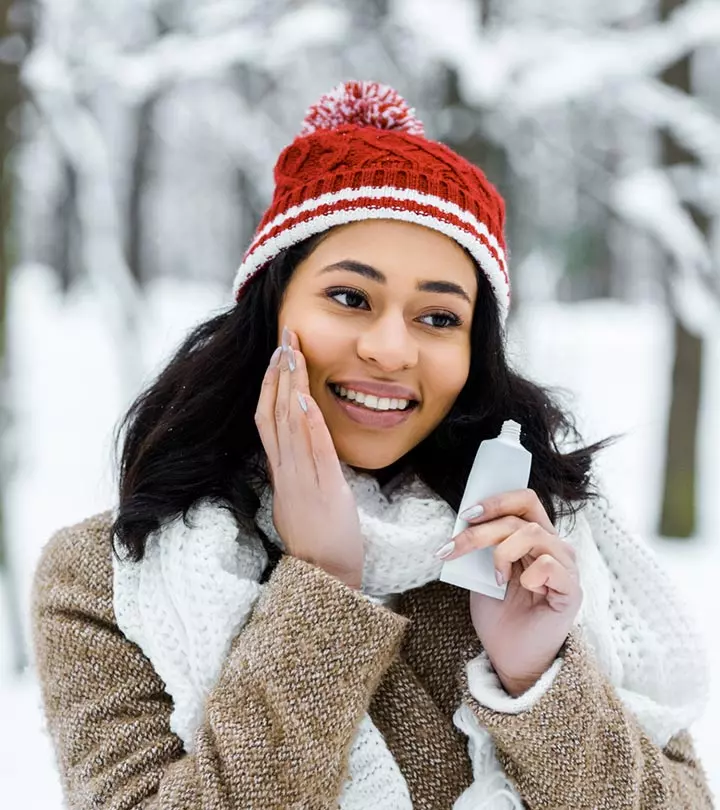
Community Experiences
Join the conversation and become a part of our empowering community! Share your stories, experiences, and insights to connect with other beauty, lifestyle, and health enthusiasts.